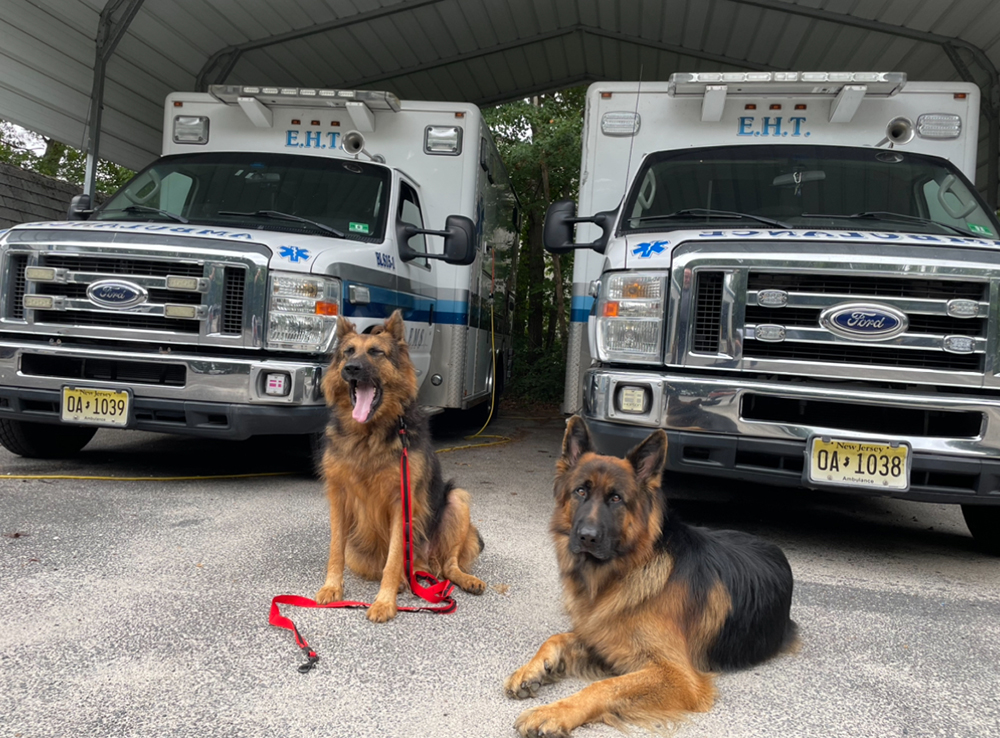By Heidi Clayton
I do not use shock, choke, or prong collars in my training program. My program is based on training a dog to happily go into a show ring and ignore all of the other dogs and people and focus on just me.
“Checking” or “popping” is frowned upon, and the wearing of the above equipment is not permitted in the ring. But in the bigger picture, I want my dogs to associate that being on a walk with me and walking nicely for me is rewarding and fun.
There are many dangers of using shock, prong, or choke collars to teach your dog to walk nicely. Studies have shown that dogs that are shocked or harshly corrected (this also applies to the use of the electric fencing) end up showing more signs of fear and anxiety when being walked or trained and start to associate the shock or pain with the person delivering it. They can also start to associate the actual act of going for a walk with you as a negative thing.
For example, if your dog is wearing a shock collar associated with an electric fence and runs happily to the boundary to see a person or dog walking by, they can start to associate the pain of the shock with what they are looking at, not with it being a fence boundary.
This also applies to walking at your side, which they will associate with being a scary place to be if inappropriate methods are used.
I train every dog that comes to me, including my own, on a collar called a martingale. Originally designed for sight hounds like Whippets or Salukis who have long delicate necks, they are now mainstream and widely available.
They are designed to tighten up while not choking your dog and are perfect for dogs or puppies who try to back out of their collars.
For dogs that are strong pullers, I recommend pairing a martingale collar with a harness on which the leash clips to the front such as the Sensation or Easy Walk brands. These are the only harnesses that actually help with pulling since they are designed to harness the power of the dog’s shoulder and chest where all of their pulling power comes from.
I clip the ring of the martingale collar to the front ring of the harness while training a dog to walk nicely. Ideally as training progresses, I stop using the harness and walk my dogs on a martingale collar alone.
Harnesses that clip on the back or between the shoulder blades are what sled teams put on their Huskies so that they can move freely and pull harder to win the Iditarod.
You can train a dog to walk nicely without force, shocks, or corrections. Training your dog to walk nicely at your pace will absolutely take time, but if you enjoy being with your dog and you want them to trust that you will guide them safely through life, avoid punishing them with aversive methods like choking or shocks.
To read more about how using these methods can harm your dog, check out this article written by renowned behaviorist Patricia McConnell who also provides more tips on leash walking:
If you have any questions please feel from to email me at heidi@fouronthefloordogtraining.net
Heidi Clayton started Four On the Floor Dog Training to provide positive, reward-based dog training in South Jersey. She breeds, trains and shows bull terriers under the SoraBully’s Bull Terriers kennel name. Email questions to heidi@fouronthefloordogtraining.net or learn more at fouronthefloordogtrainig.net.






